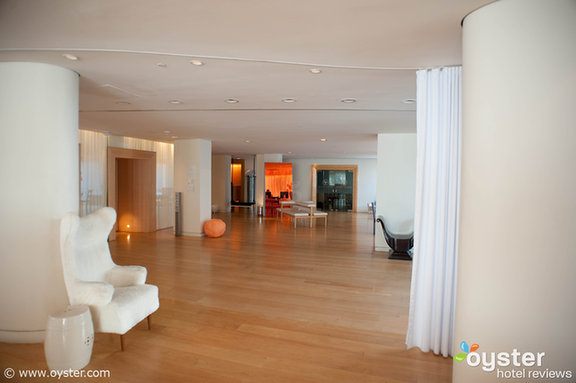Small, heavily designed, and service-focused hotels existed long before Ian Schrager came along, but it took this American impresario to popularize the "boutique" hotel as a phenomenon -- one associated with exclusivity, superstar designers and chefs, destination lobby-cum-lounges, and, above all, celebrity.
Little wonder that Schrager famously started out in the nightclub business. He and his pal Steve Rubell founded Studio 54, the notorious New York City nightclub of the late 70s and early 80s that drew everyone from Michael Jackson to Mick Jagger – and a whole lotta white powdery drugs. Then came a tax scandal and the club closed. The duo started another club, but their main focus soon became the Morgans Hotel, which they founded in 1984, along with a company of the same name.
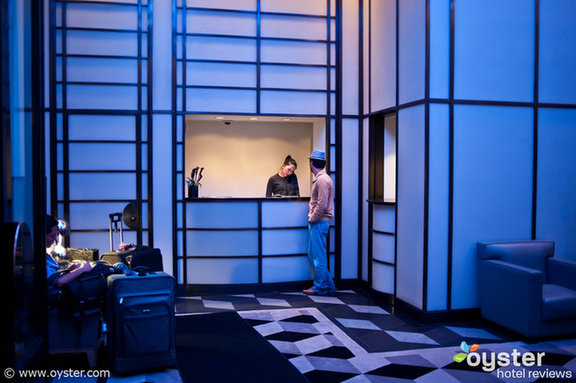
He then opened up the Royalton in New York.
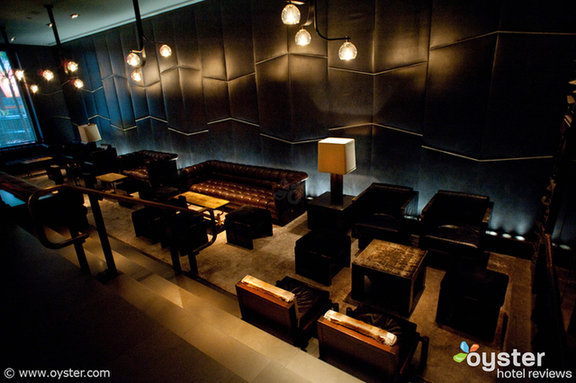
Then the Hudson, also in New York.
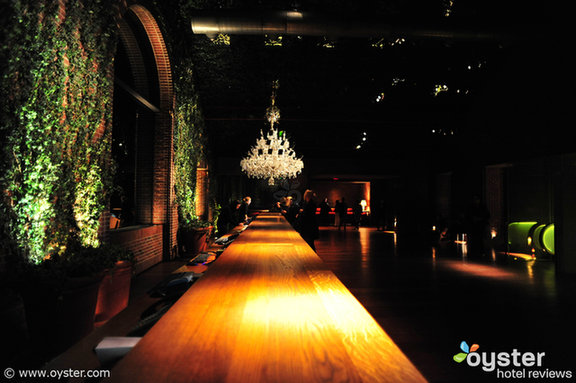
Followed by the Delano in Miami.
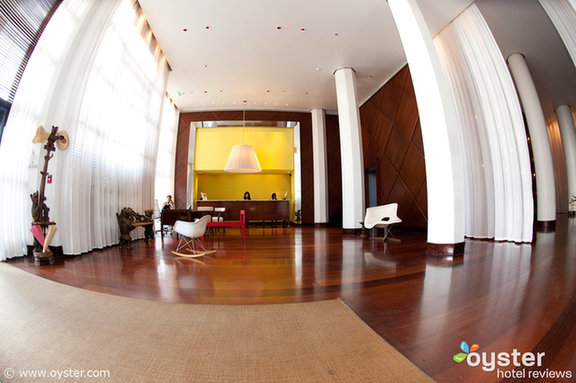
Then he ducked off to London to open some hotels, but returned to the States to open the Clift in San Francisco.
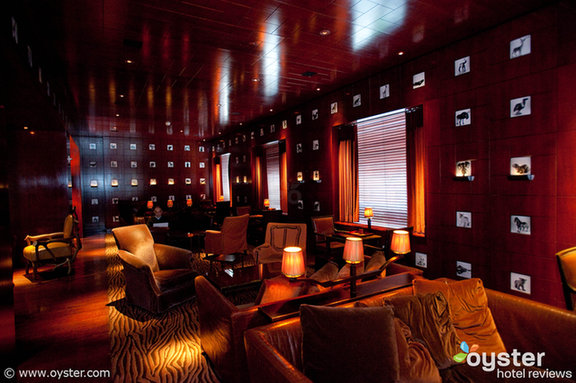
And the Mondrian.
In 2005, Schrager left Morgans to create the Ian Schrager Company. He teamed up with his friend, the artist and filmmaker Julian Schnabel, to open the Gramercy Park Hotel (and its residential project next door, the recent subject of an amusing little lawsuit).
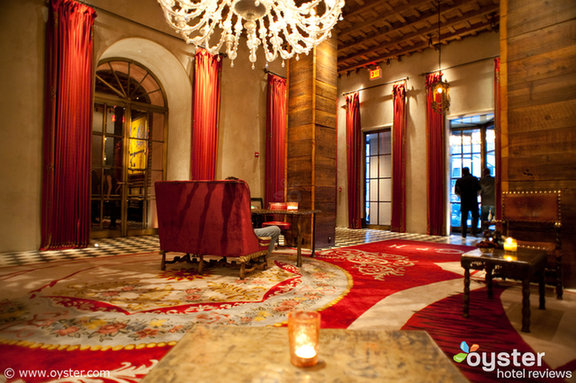
With exception of the Gramercy, all of his hotels are now run by Morgans, with which Schrager parted ways several years ago. He hasn’t done much since 2008, when he announced that he was teaming up with Marriott to develop a new, 100-hotel boutique brand. With the economy slow to recover, Schrager may fall below the radar for a couple of years. But Schrager is an icon, an innovator, and an indefatigable creator of buzz — and you can bet he hasn’t built his last destination hotel lobby.
All products are independently selected by our writers and editors. If you buy something through our links, Oyster may earn an affiliate commission.
